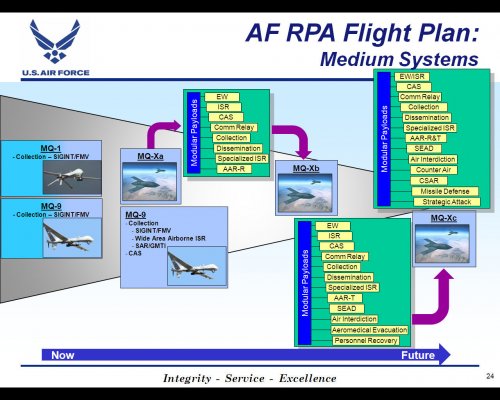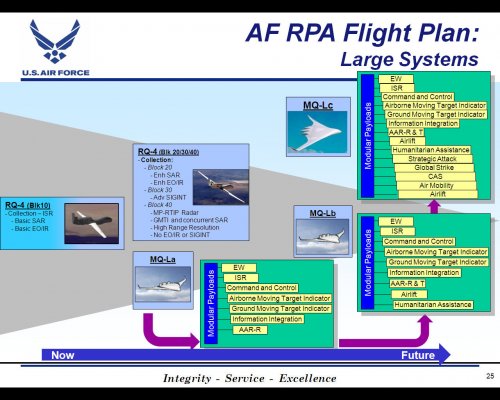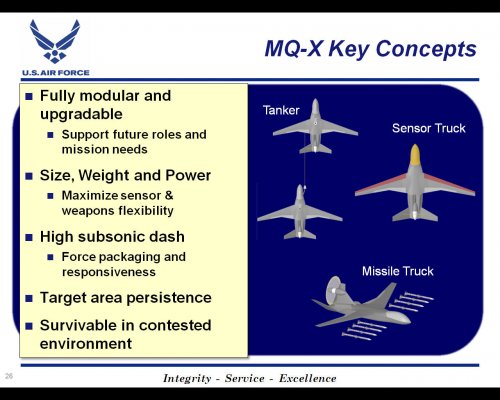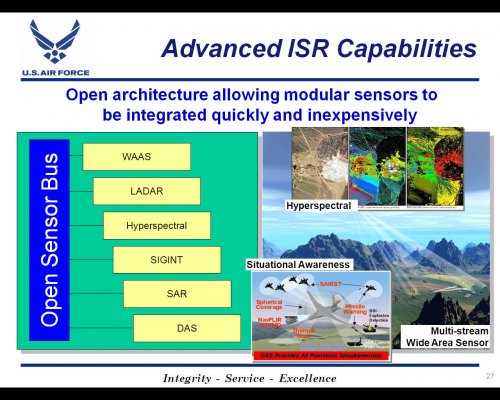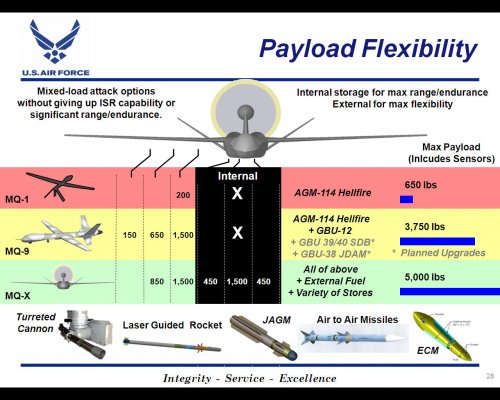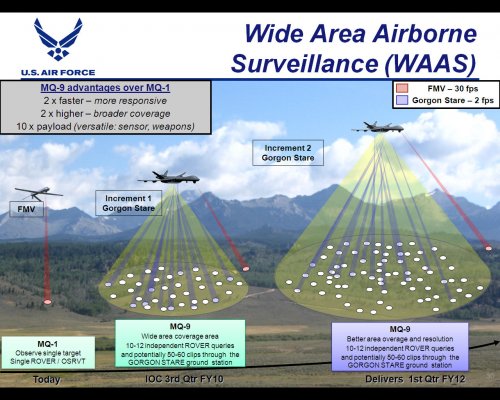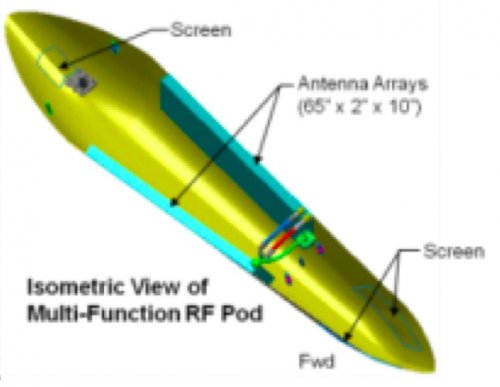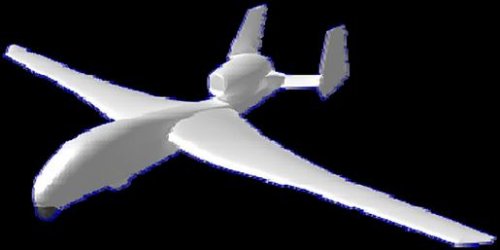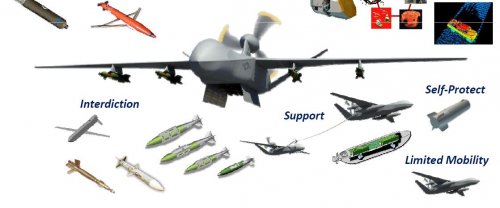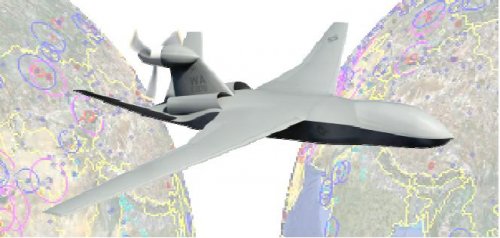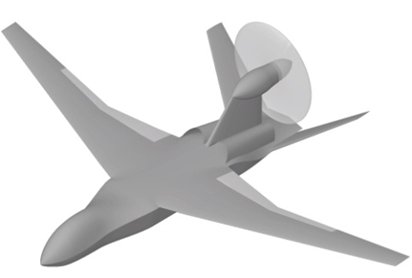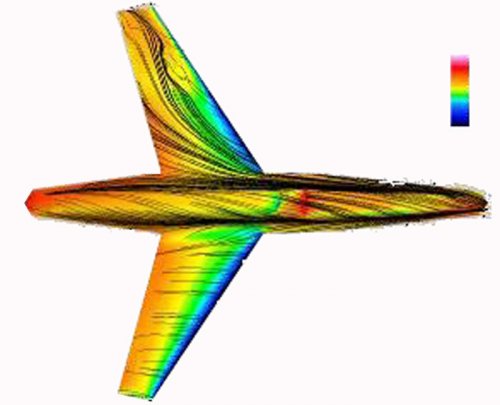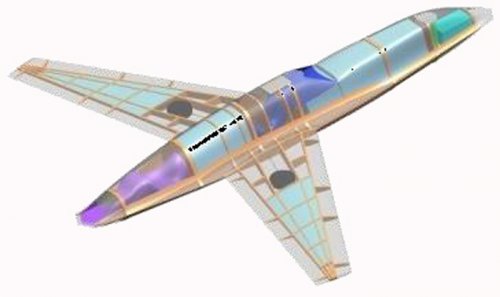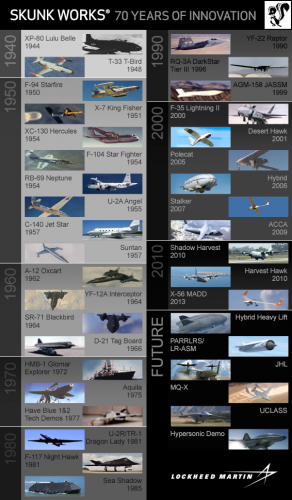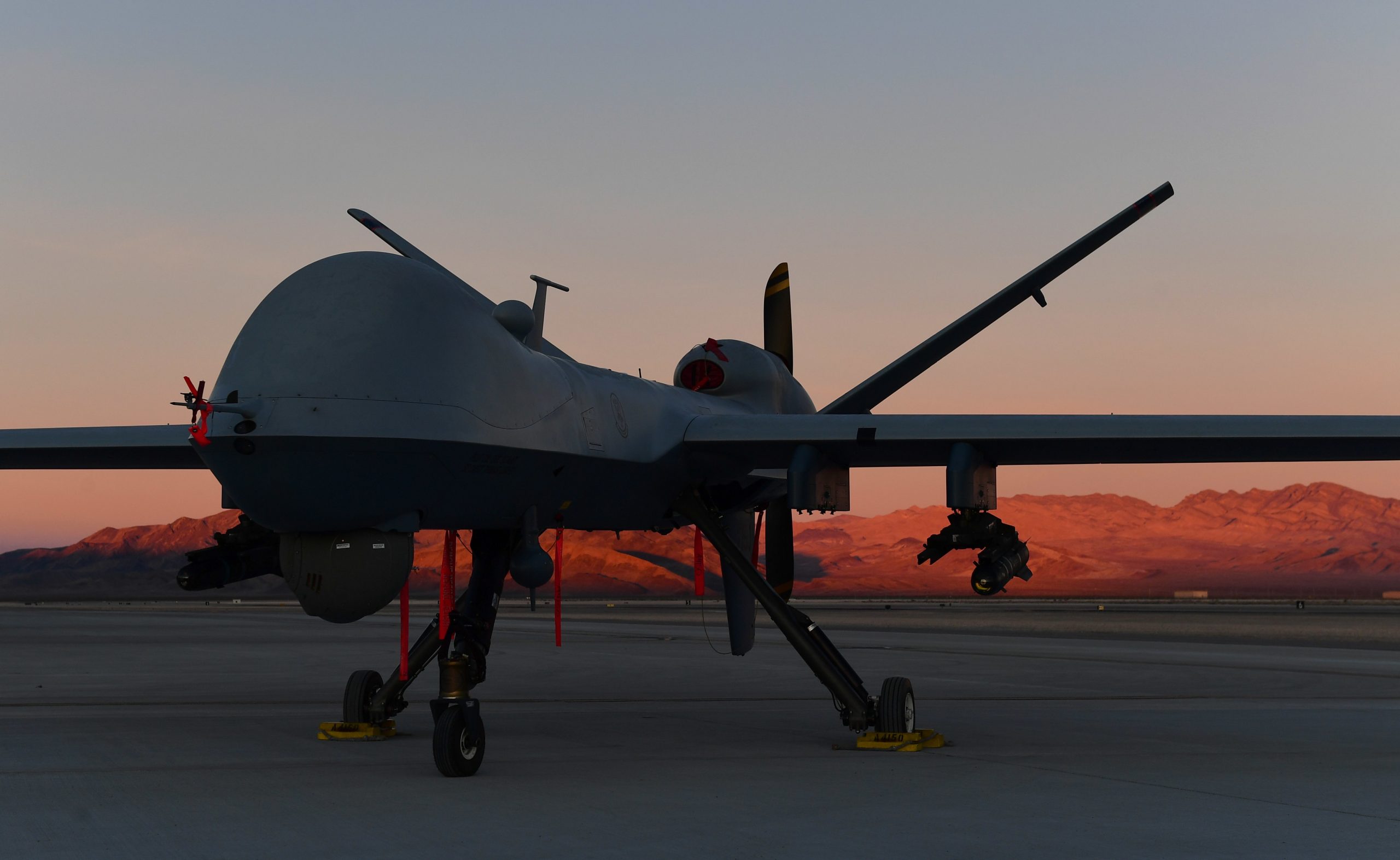“If all we do is replace the MQ-9 mission only, we really generated a bill for the Air Force,” Roper said. “We haven’t saved any funding to be able to afford the program itself. We made the pivot to divest the MQ-9 to pivot into high-end warfighting. We’re going to have to build new systems for high-end warfighting. … So I think the litmus test for the MQ-Next is going to be what other letter can we assign to its name, because it’s doing a mission other than ISR and strike.”
For example, the follow-on to the Reaper could be armed with air-to-air weapons, so it can protect high-value assets that don’t have defensive systems, such as tankers.
“It’s things like that that will open up an opportunity for us to go faster on the program, because the more of a mission we can take on, well that’s less we’re having to spend for those missions [that are] otherwise generating an asset bill for the Air Force,” Roper said.
[...]
Roper said the MQ-9 is outdated in several ways because it was “designed at a different point in technology.” For example, a main reason it needs to be replaced is because it flies low, slow, and without stealth, making it susceptible to enemy air defenses. It relies heavily on GPS, which can be denied by several adversaries, not just those with high-end capabilities. And, it requires “a ton of people” to operate, leading to more cost and infrastructure, he said.
“Now, many of the things we have people do, we can automate,” Roper said. “So there’s one function we are pulling the thread on, which is: How do we do the smart automations so that we still have people in the loop for critical decisions … [and] where do we simplify how people interact with the [user interface] itself. So, we have to automate as much as possible if we’re going to keep the platform affordable.”

